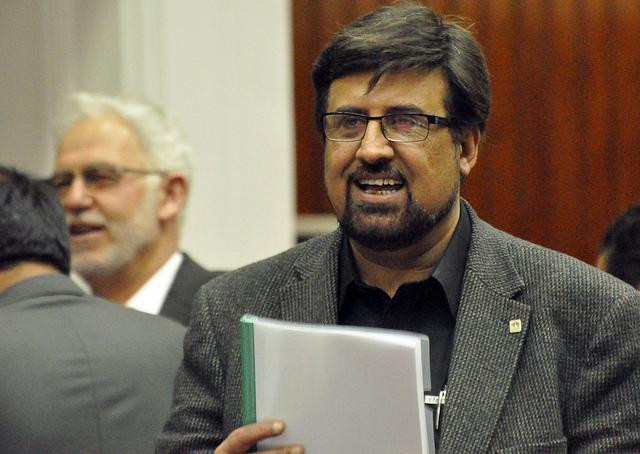RASC News Agency: Khalid Pashtun, a former member of Afghanistan’s parliament representing Kandahar province, has ignited controversy with a bold and unsettling claim: the Taliban’s reclusive supreme leader, Mullah Hibatullah Akhundzada, is no longer alive and has not been for years. According to Pashtun, a surrogate now assumes Akhundzada’s identity, orchestrated by a tight-knit faction within the group’s leadership. In a recent media interview, Pashtun asserted that the information was conveyed to him by a close family member of the Taliban leader specifically, his brother-in-law. The individual, he said, confided that his sister, the wife of Hibatullah, is now a widow and currently resides in Quetta, Pakistan. “This was shared with me privately and with great caution,” Pashtun stated, “but I consider it critical for the public and the international community to know the truth.”
Pashtun added that even many senior Taliban ministers and high-ranking officials have never met Akhundzada in person, nor have they been given verifiable proof of his physical presence. “His entire existence is cloaked in secrecy,” he said. “Access to him is strictly limited to a very small, trusted circle so much so that even those in the highest echelons of the Taliban remain uncertain of his status.” Since the Taliban’s return to power in August 2021, Hibatullah Akhundzada has remained entirely absent from public view. Unlike other Taliban figures who have appeared in meetings, negotiations, and ceremonies, Akhundzada has neither attended public events nor addressed the nation via video. The only purported evidence of his presence has been a handful of audio recordings, released sporadically during religious occasions none of which have been independently authenticated. Furthermore, no confirmed and recent photograph of him has ever been made public, a fact that has long fueled rumors about his health, whereabouts, and even his survival.
These suspicions are not new. Questions over Akhundzada’s prolonged invisibility have persisted for years, both during and prior to the Taliban’s rule. However, Pashtun’s claims delivered with specificity and familial sourcing mark a rare and explicit allegation of a possible deception at the highest level of Taliban leadership. To date, the Taliban have not issued any formal response to the accusations. Yet the gravity of the claim is likely to provoke intense debate over the internal dynamics of the Taliban’s command structure. If substantiated, it would raise profound concerns about transparency, legitimacy, and the concentration of power within a movement that has continuously resisted calls for openness and accountability.
Political analysts suggest that the allegations, regardless of their veracity, could deepen existing fissures within the Taliban and embolden rival factions vying for influence. The absence of a visible and verifiable leader has also complicated the group’s international engagement, as diplomats and global actors are forced to negotiate with intermediaries while unsure who ultimately holds authority. As speculation mounts, the question remains: Who truly leads the Taliban and to what extent is the face of its leadership a manufactured illusion?






